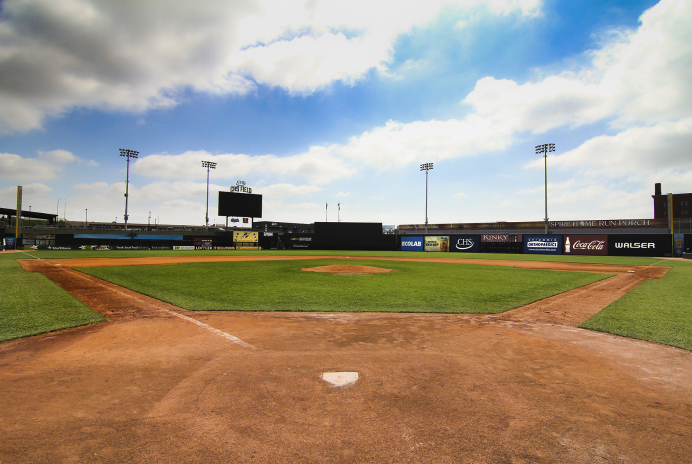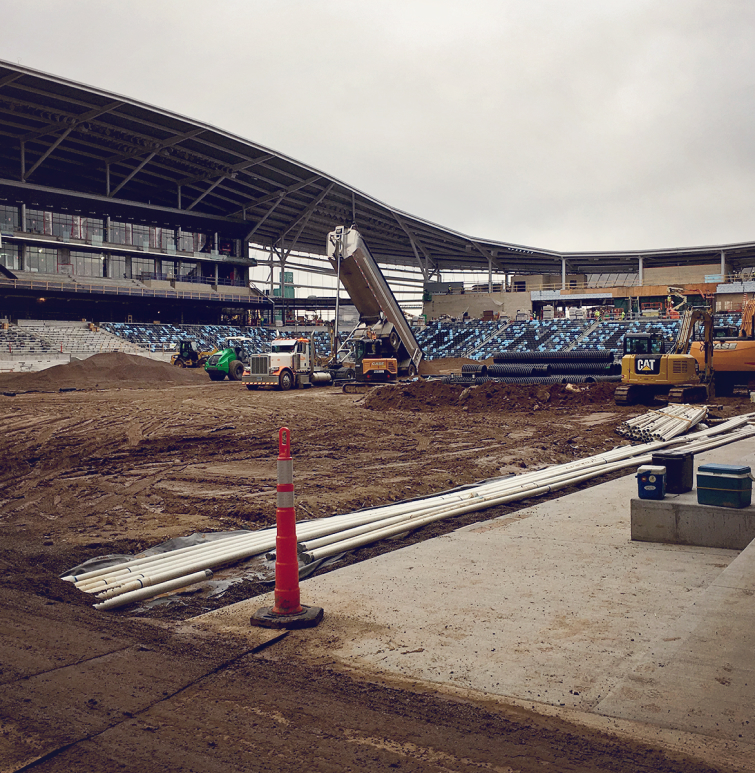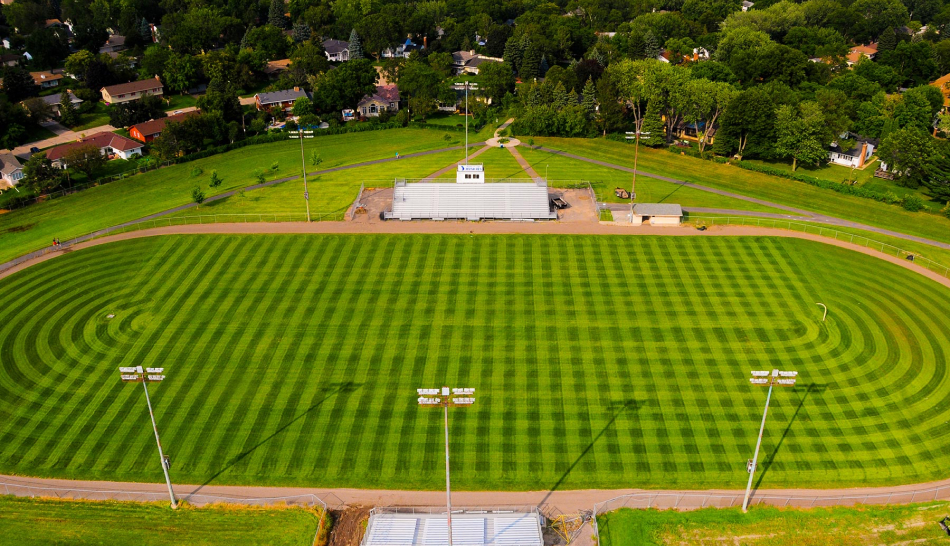The “Natural” Choice for High-Performance
Nothing can replace experience when it comes to major projects where community time and money are invested. Plaisted soil experts are ready to help you identify the best solution within your budget parameters, ensuring high performance and sustainability. Professional athletes overwhelmingly prefer high-performance, sand-peat grass fields due to their superior playing conditions.


Cost Analysis: Synthetic vs. Natural Turf
- Initial Installation Costs:
- Synthetic turf has significantly higher installation costs compared to natural turf.
- Annual Maintenance:
- Synthetic turf maintenance includes sweeping, dragging, loosening infill, cleaning, and may involve watering and special solvents. Costs range between $25,000 to $50,000 annually.
- Replacement Costs:
- Synthetic turf requires replacement every 8-10 years, with disposal costs estimated at $130,000 plus transportation and landfill charges.
Field Performance Criteria
Durability and Usage:
- Natural grass repairs itself and is less susceptible to damage from non-sporting events like graduations.
- Synthetic turf may require additional maintenance to manage wear and tear from events and weather conditions.

Health and Environmental Safety
- Heat Stress:
- Synthetic turf can reach temperatures up to 60°F hotter than natural grass, leading to potential heat-related illnesses. Watering synthetic turf provides only temporary relief.
- Health Risks:
- Concerns over the health risks of synthetic shredded tire turf have been linked to cancer. Studies indicate inhaling carbon nanotubes from synthetic turf can be as harmful as breathing asbestos.
- Environmental Benefits of Natural Turf
- Pollution Control:
- Natural grasses trap and remove dust and pollutants from the air.
- Aquifer Recharge:
- Grass filters water as it flows into groundwater, enhancing water infiltration and supporting groundwater replenishment.
- Cooling Effect:
- Natural turf absorbs and slowly releases the sun’s heat, providing a cooling effect.
- Regenerative Qualities:
- Natural grass can regenerate easily, reducing the need for frequent replacements and maintenance.
- Aesthetic Appeal:
- The visual appearance and smell of natural grass are naturally pleasing to people.
Environmental Benefits of Natural Turf
- Pollution Control:
- Natural grasses trap and remove dust and pollutants from the air.
- Aquifer Recharge:
- Grass filters water as it flows into groundwater, enhancing water infiltration and supporting groundwater replenishment.
- Cooling Effect:
- Natural turf absorbs and slowly releases the sun’s heat, providing a cooling effect.
- Regenerative Qualities:
- Natural grass can regenerate easily, reducing the need for frequent replacements and maintenance.
- Aesthetic Appeal:
- The visual appearance and smell of natural grass are naturally pleasing to people.
Title IX and Cost-Effectiveness
- Equitable Opportunities:
- Under Title IX, schools can install four natural turf fields for the cost of one synthetic field, providing more equitable opportunities for sports participation.
Engineered Soils for Optimal Performance
- High-Performance Sand-Peat Fields:
- Engineered to meet ASTM F-2396 standards for internal drainage and removal of excess water from the root zone.
- Blended Sand-Peat Rootzone Mix:
- Designed to enhance drainage and filter contaminants, allowing stormwater to be reused for irrigation.
- Engineered Sand and Gravel Layers:
- Provide a stable base and optimal conditions for natural turf growth.
Conclusion
Choosing natural turf over synthetic options provides numerous benefits in terms of cost, performance, health, and environmental impact. Plaisted Companies is committed to delivering high-quality, sustainable solutions for athletic fields, ensuring excellence in every project.


